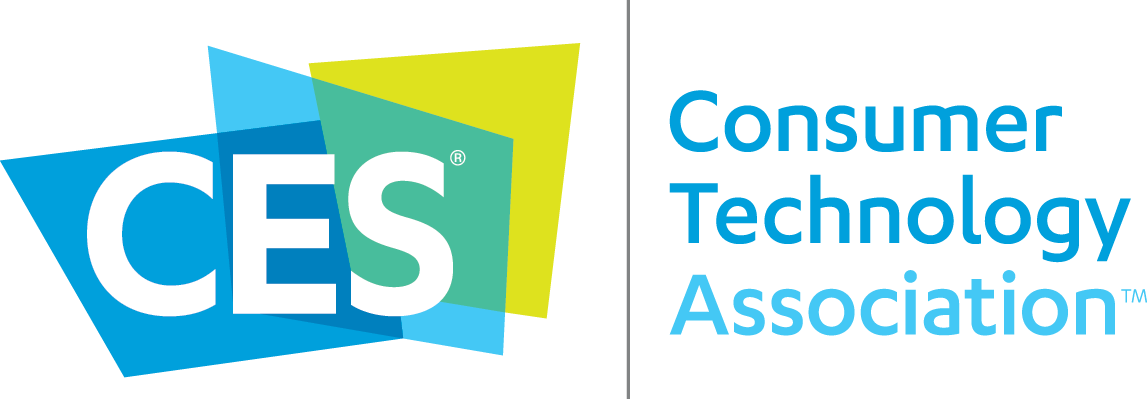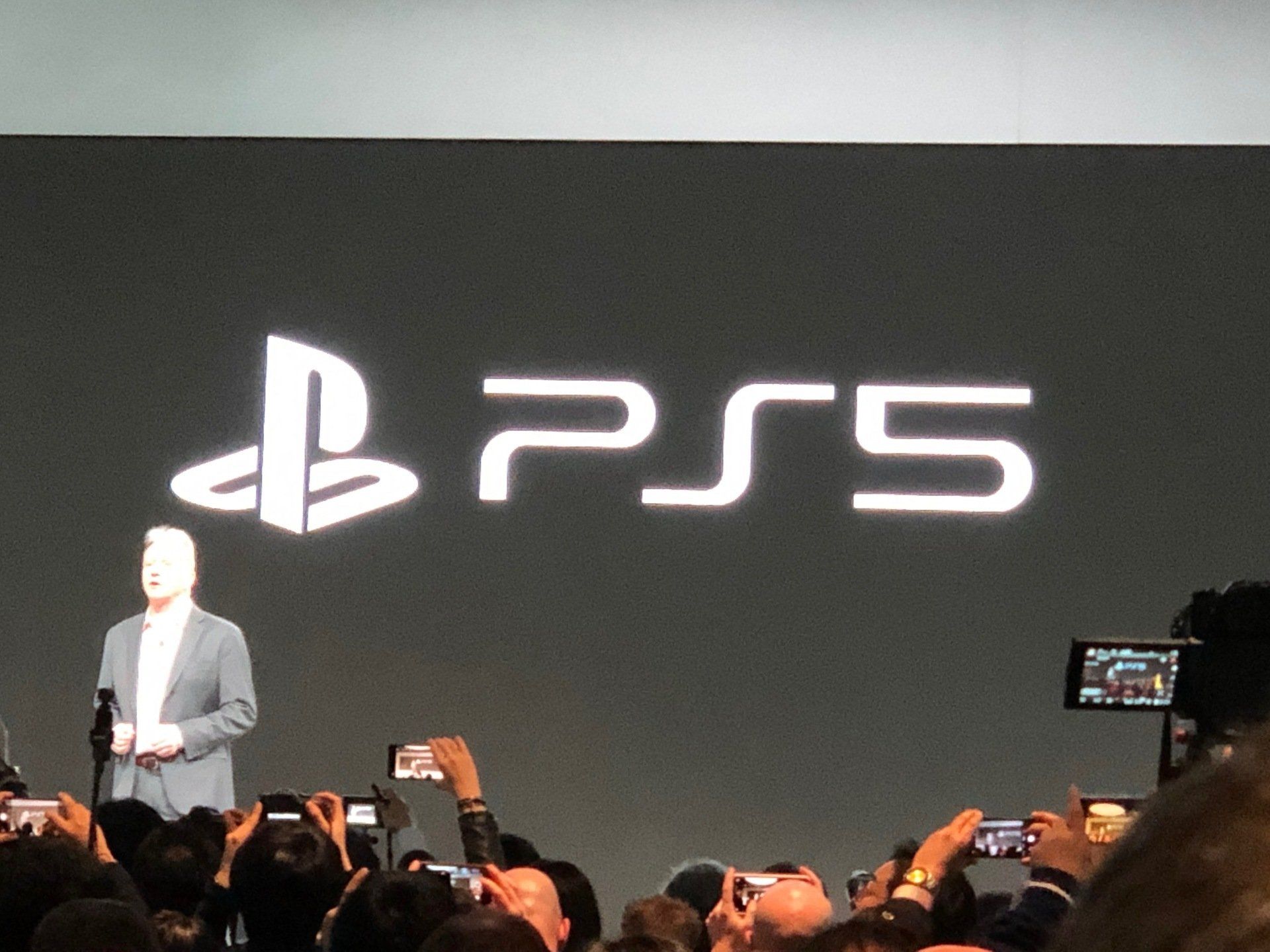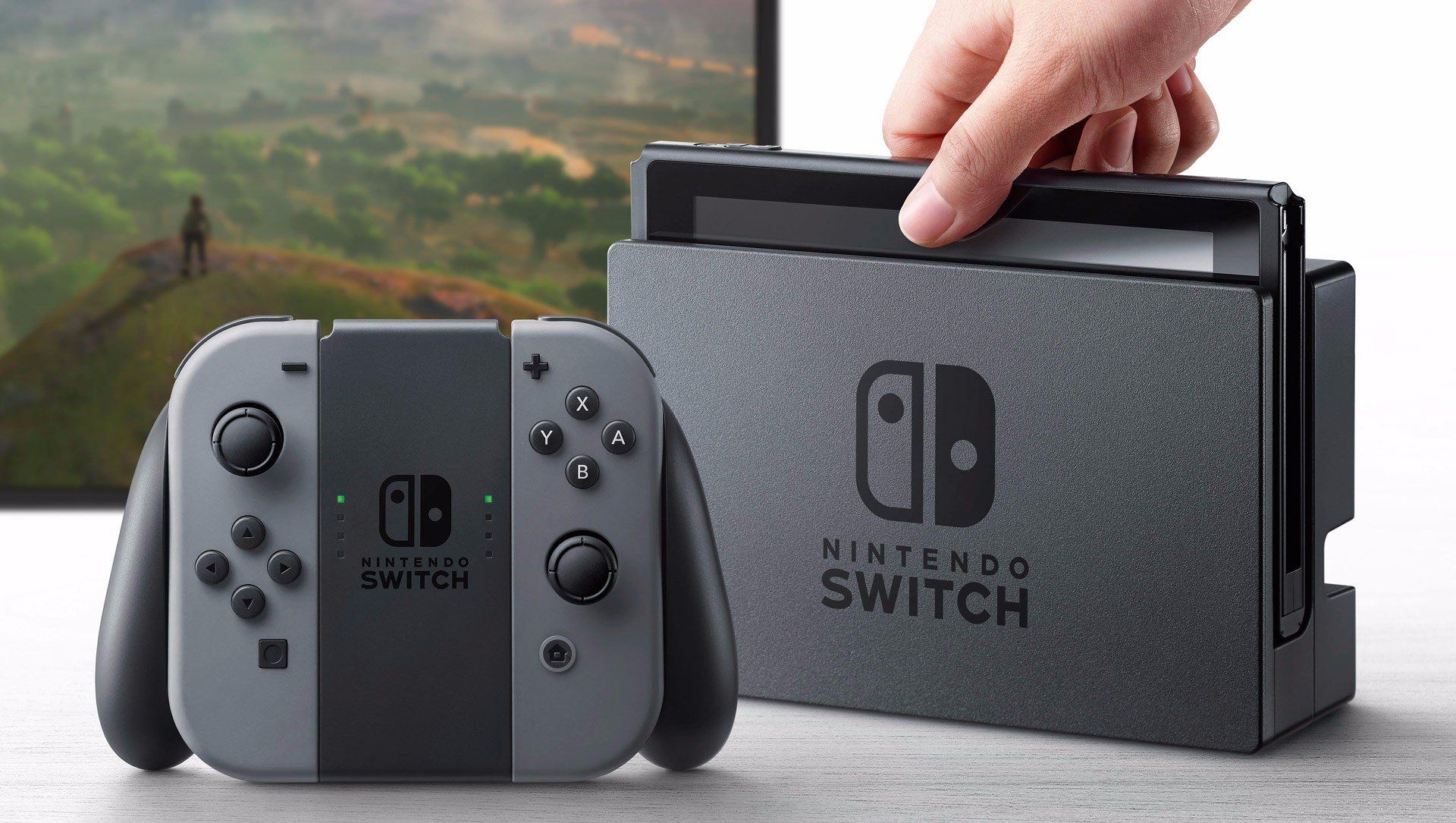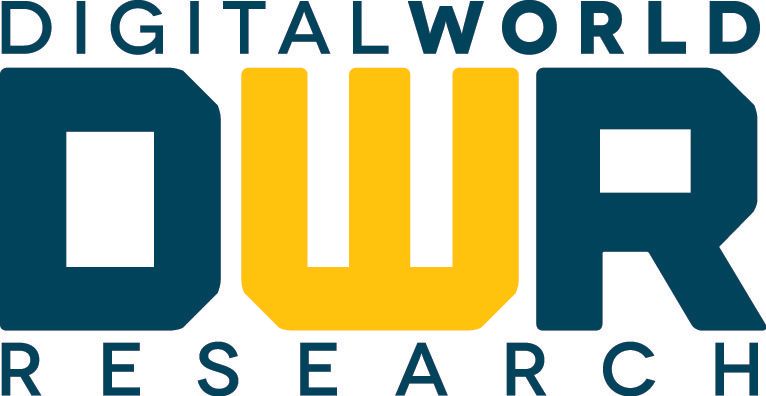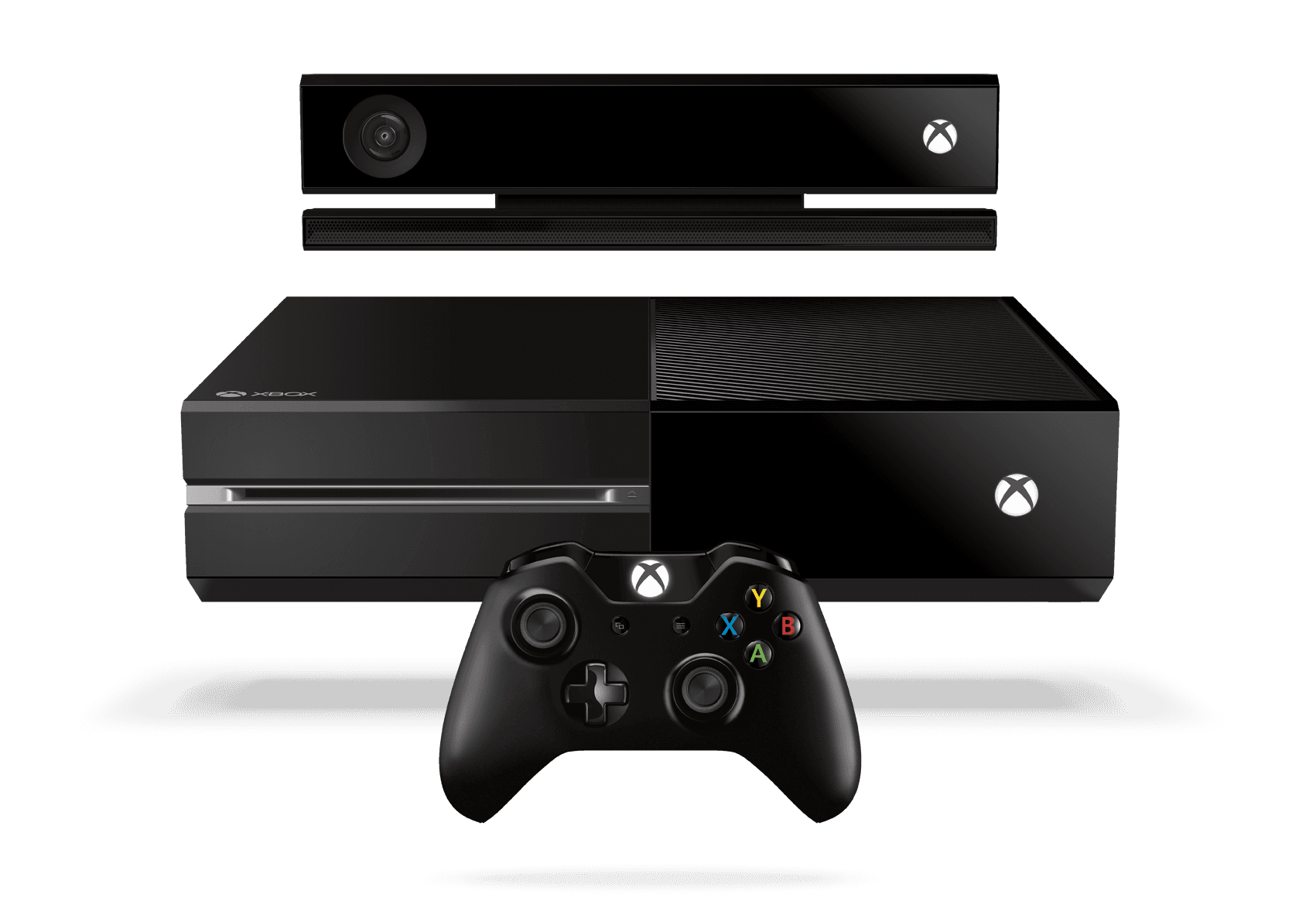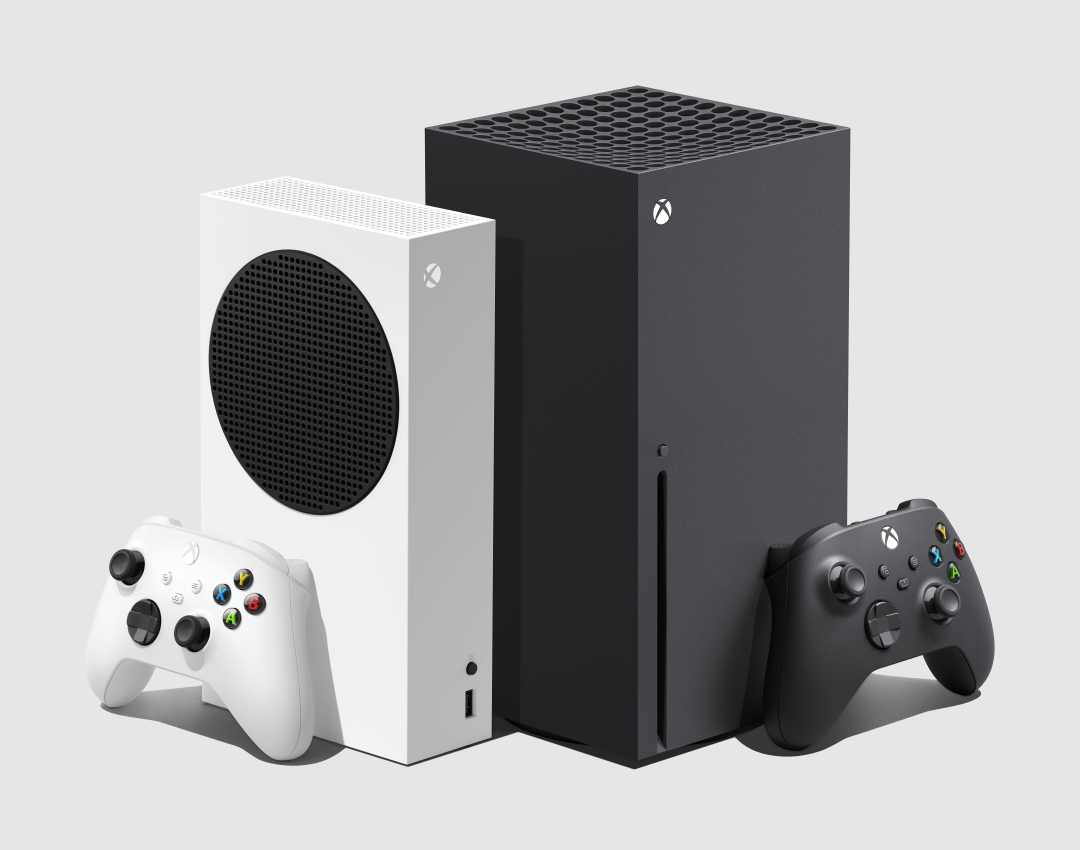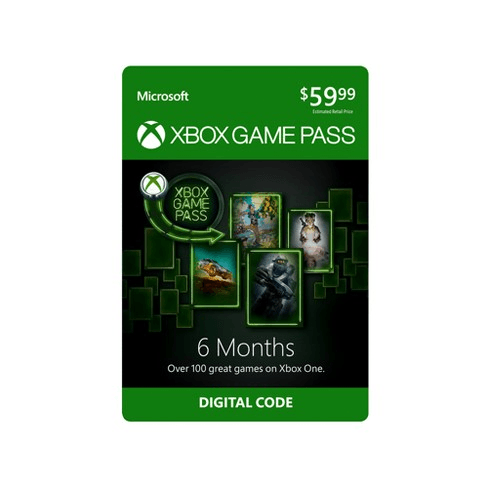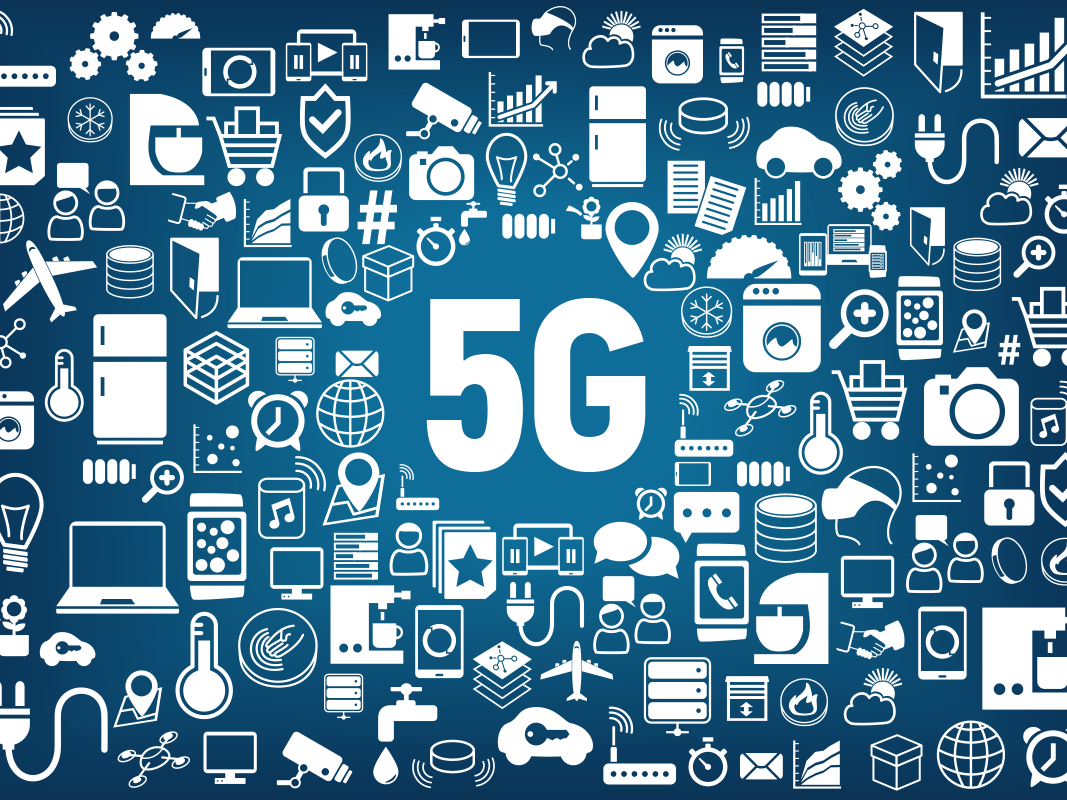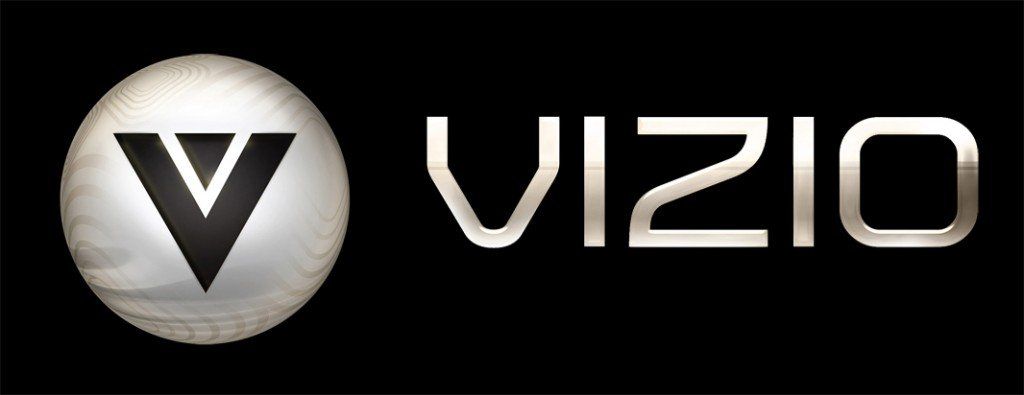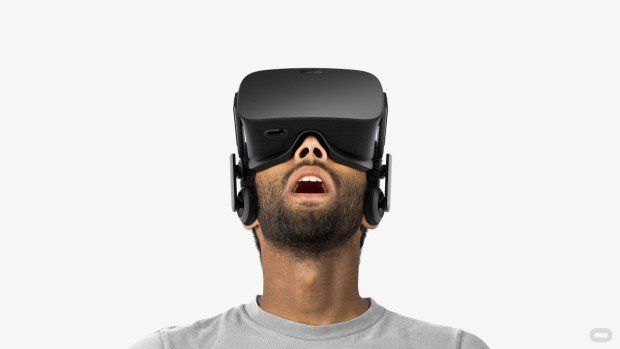Xbox One and Living Room Domination Through Input One
The ultimate goal for Microsoft with its new Xbox One entertainment console? Living room domination through Input One into the back of your TV set.
There is nothing subtle about the Xbox One input/output slots: it wants you to pass through the output cable from your satellite/cable box en route to the home stereo or directly to the TV. Microsoft is hijacking the stream with the intent of a win-win for Microsoft and the consumer.
By controlling the TV viewing experience, combined with some neat, fast-switching technology that allows users to flip quickly between, for example, Skype and watching TV, or to have one pinned to the right side of the screen, Microsoft has developed some fun and new things that users can do.
The integration of Kinect using audio, or punching buttons on the Xbox One remote, can work well (as well as lead to some fun competition between siblings shouting out random Xbox One commands). Since the TV feed is a pass-through, there is no picture degradation, either.
If every Xbox One owner plugs in their TV signal through the Xbox One, then it will be an astounding victory for Microsoft and a landscape-changing differentiator from the Sony Playstation 4. The likelihood? Hmmmmmmmmm. If this were to happen, then Microsoft would be winning the battle for the living room, as part of a larger war to control the consumer in the digital age at home or while mobile, led by Surface tablets, Windows Phone, and its Smart Glass application for iOS and Android devices. [For more on this subject, see the DWR piece: The Battle for the Living Room is OVER and the War for the Consumer is ON .]
However, the Xbox One falls short on the integrated experience because the TV experience is closer to using a basic cable box than a more current DVR. And this is not a technology issue – the Xbox One could do it – but a business model issue. At the end of the day, does Comcast, Verizon, Time-Warner, Dish or DirecTV want to cede control of the user interface and interaction to Microsoft? While BSkyB did as an experiment in the U.K. and Ireland back in 2009 with the Xbox 360, it doesn’t appear than any U.S.-based providers are on board yet.
Why does the experience fall short? The Xbox One voice commands allow you only partial access to the functions of your DVR. You can not record anything through Xbox One commands – users have to find their regular box remote. Have a DVR with recorded shows? You can not use Xbox One commands – users again have to find their regular box remote. And using the voice commands on Xbox One? They work well for movie playback, and some TV, but for watching sports, it is cumbersome and lots of extra work. For example, watching an NFL football game on 15-minutes delay and having to skip through ads, is too much talking. You will be grateful that you did not name either your child or your dog “Xbox.”
Viewing TV is typically a passive, lean-back experience, and having to say “Xbox” followed by a command every time can be laborious, followed by using the command “Stop Listening” to get the overlay screen to disappear on the right side. Simply put, having a traditional TV remote control in hand is easier, often faster, and quieter.
While this integration of voice, TV viewing and an entertainment console is in its infancy, Microsoft deserves full credit for being the best of an emerging market – smarter boxes that use voice, gesture, and button mashing for an improved entertainment experience. And, being a living, breathing, connected entertainment console means that Microsoft could update the software so that more commands are available.
For Microsoft to truly anchor itself in the living room, there are two likely future versions of Xbox One:
1.Ships with a conditional access card – after a partnership was put in place for Microsoft to become a service partner provider to any of the cable or satellite companies. This would require a deep partnership, and this is a time when competition for boxes in the living room is coming from companies such as Sony, Apple, and Google. Game on!
2.The cable/satellite model is broken and true, over-the-top access becomes the norm. This means that any IP-addressable box (think any box connected to the Internet) could deliver the same content currently being distributed over the air or through satellite and/or cable.
The launch of Xbox One reminds me of a line from the Lord Of The Rings: Fellowship of the Ring in 2001, when Sam tells Frodo “If I take one more step, it'll be the farthest away from the Shire I've ever been.” With Xbox One, Microsoft has gone the farthest it has ever gone with TV, but has more steps to take.
Beyond TV, Xbox One does many things well, starting with gaming. We have broken down Xbox One by areas key to consumers.
Xbox One as a gaming console : Check! Gaming is fun and the new controller works well, highlighted by the improved rumble features. New games are easy to find in the store, quick to load and play, and the lineup. The graphics for the launch titles look great as expected, and Microsoft has a launch lineup that hits the major gaming genres.
To the dismay of GameStop, not having a game disc to insert is a really nice feature for consumers. Going disc-less is now an option for Xbox One owners (and PS4 owners). This option helps consumers avoid having to chase down discs, empty cases, scratched discs…all the benefits of going digital that consumers are already familiar with thanks to the music industry.
Microsoft has a solid launch lineup, has a big exclusive in Titanfall coming from Electronic Arts and Respawn Entertainment in the first half of 2014, and has already announced the next and widely anticipated installment of its Halo franchise.
Xbox One as a Skype portal: Big points here for Microsoft with the integration of Skype, which is captured beautifully by the camera in the Kinect sensor. The picture is wide, in HD, looks great, and the audio sensors work well even when two cousins are busy yelling at two other cousins on Skype across the country.
This app will see some significant usage and is a significant differentiator for Microsoft over the competition.
Xbox One as a movie services portal : Check the boxes – well done. Netflix. Amazon Instant Video, Vudu, Redbox…all the major providers. It will be interesting to see if the trend from the Xbox 360 continues – heavy video consumption such as movies by Xbox One owners – enough to account for more than 50% of total usage? Sony and Microsoft are clearly two of the biggest Netflix partners on the planet, and it stands to reason that this will continue.
Microsoft has done a nice job with the integration of movie content with service providers. When searching on a movie, the movie service options are shown for a particular movie, and users can quickly select the service they use and get right into the movie.
The integration with Microsoft Smart Glass looks promising, but the movies will have to be rented or purchased from the Microsoft store, not from a service provider such as Netflix or Amazon. It is unclear if this will change in the future. The goal of having a tablet integrating with the Xbox One interface on the TV works well, and is aligned with consumer behavior of being on a second device while watching TV.
Kinect voice commands work quite well for movies, such as with Amazon Instant Video. It is easy to pause, play, fast forward, etc.
Xbox One as a TV services portal : Check the boxes: Hulu Plus, HBO Go, ESPN 3, Fox, NFL Network, Netflix…the list goes on and it is highly adequate. The Xbox One, much like the Xbox 360, gets you what you need on this front. This lineup of TV services is critical as more and more over-the-top experiments take place.
Kinect voice commands works well, too, with typical TV show playback.
Xbox One as
a music player
: Simply put, the
Xbox Music service isn’t enough. Microsoft re-upped its licenses with the music
labels, so Xbox Music continues to exist. Consumers can’t use more popular
music services such as Pandora or Spotify on Xbox One at this point and
hopefully, this will change. Further, no integration with iTunes or any home
music collection you have on your network. This is disappointing.
>> Download the Printable PDF Here
